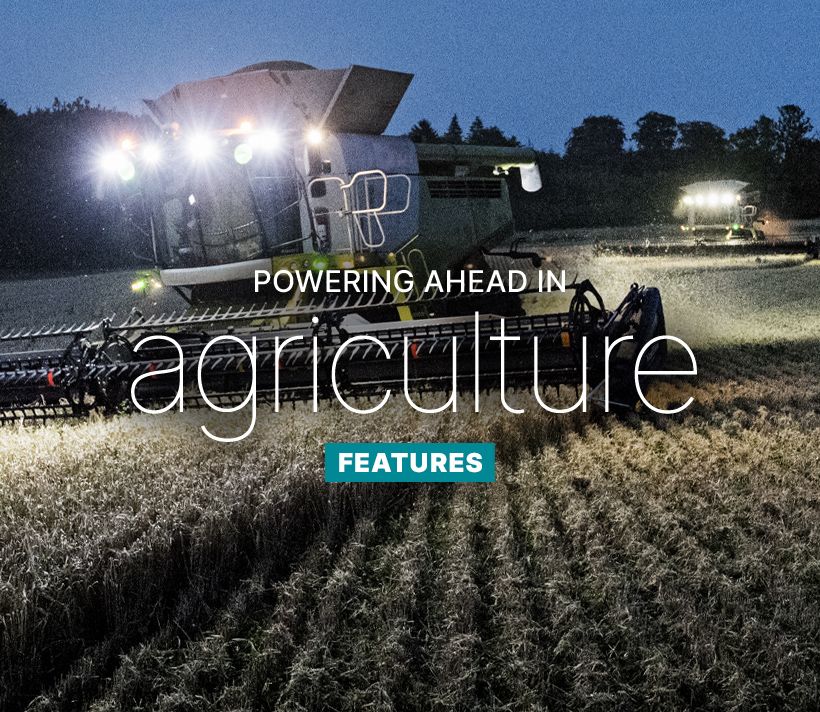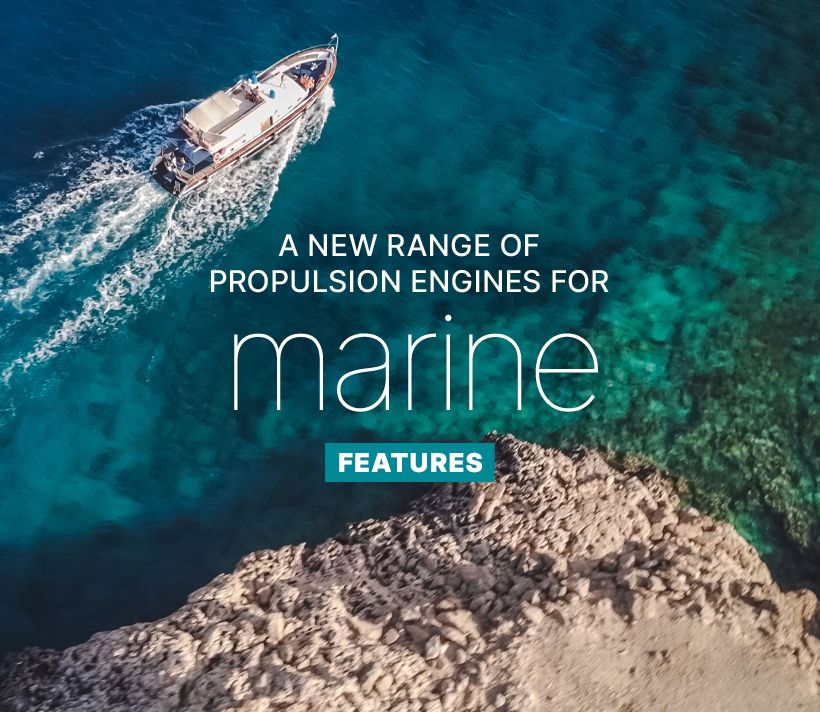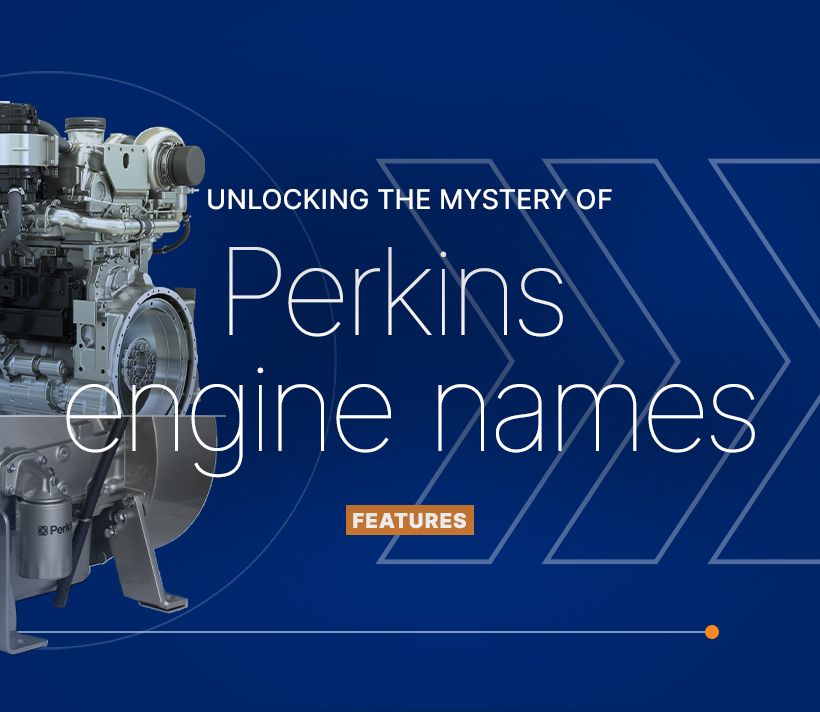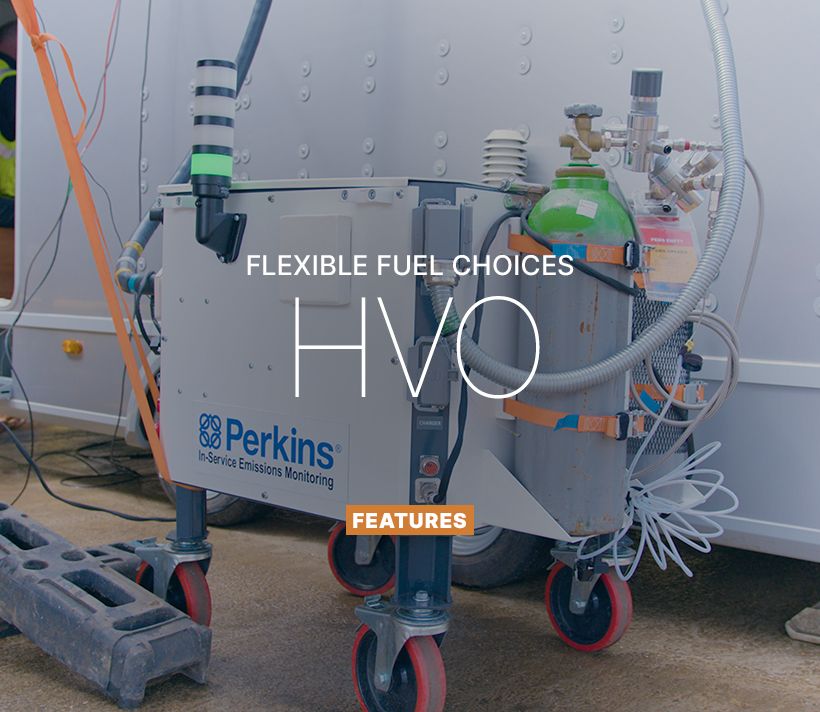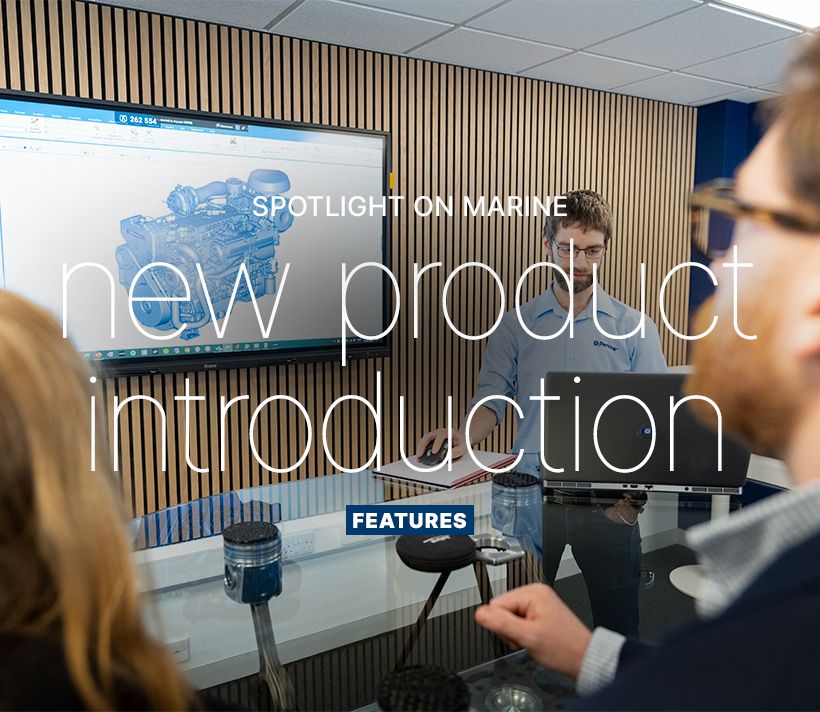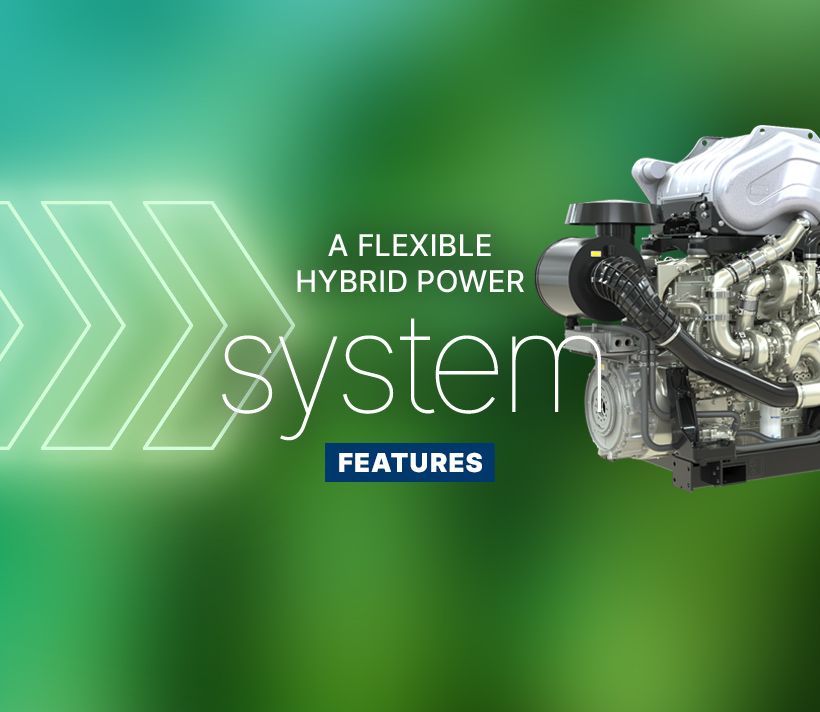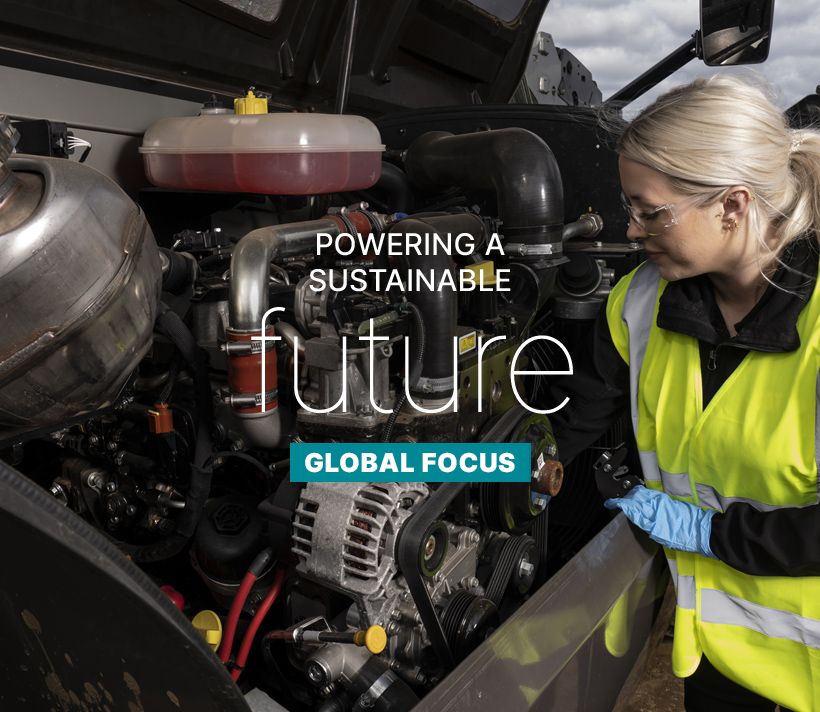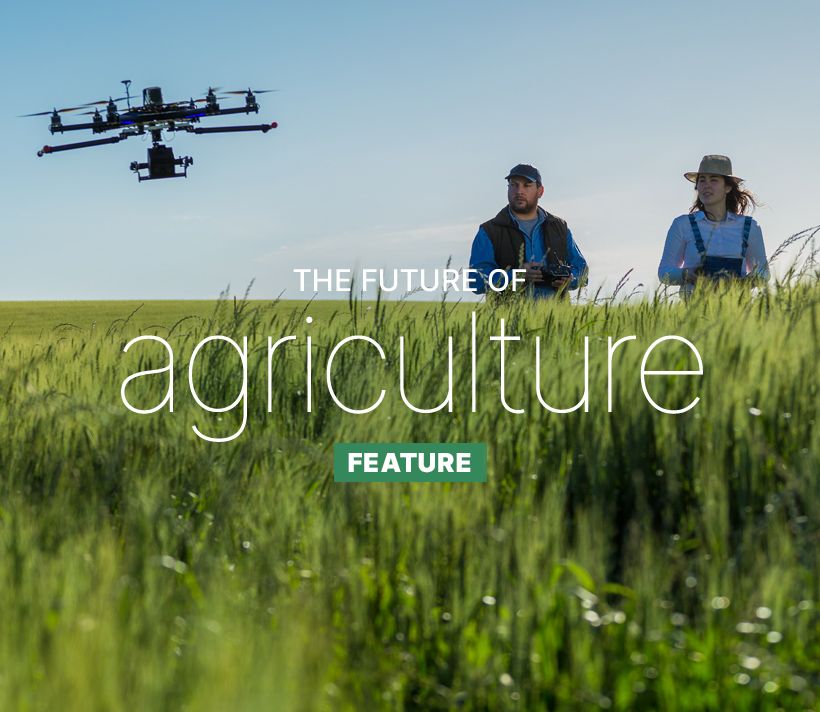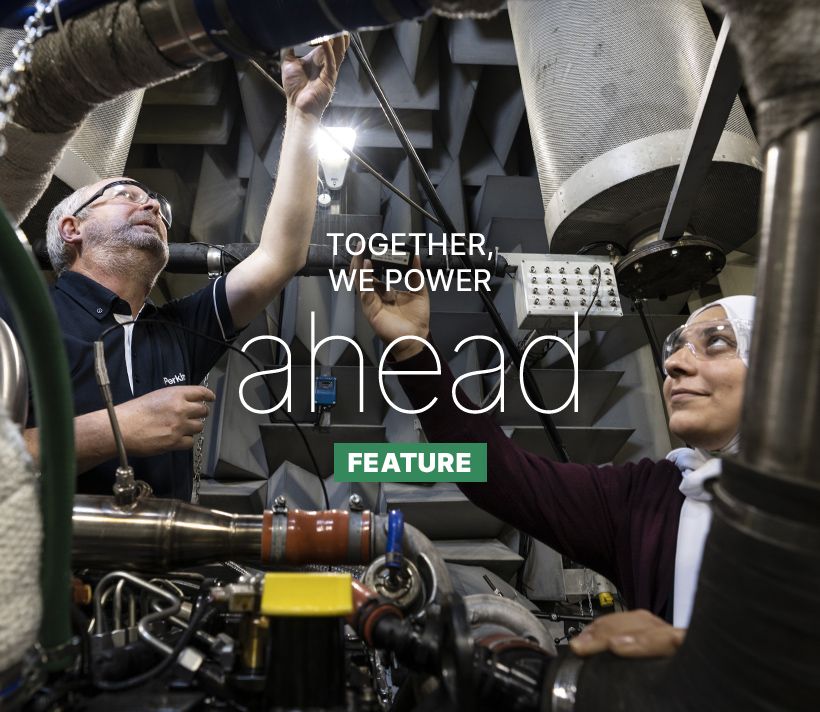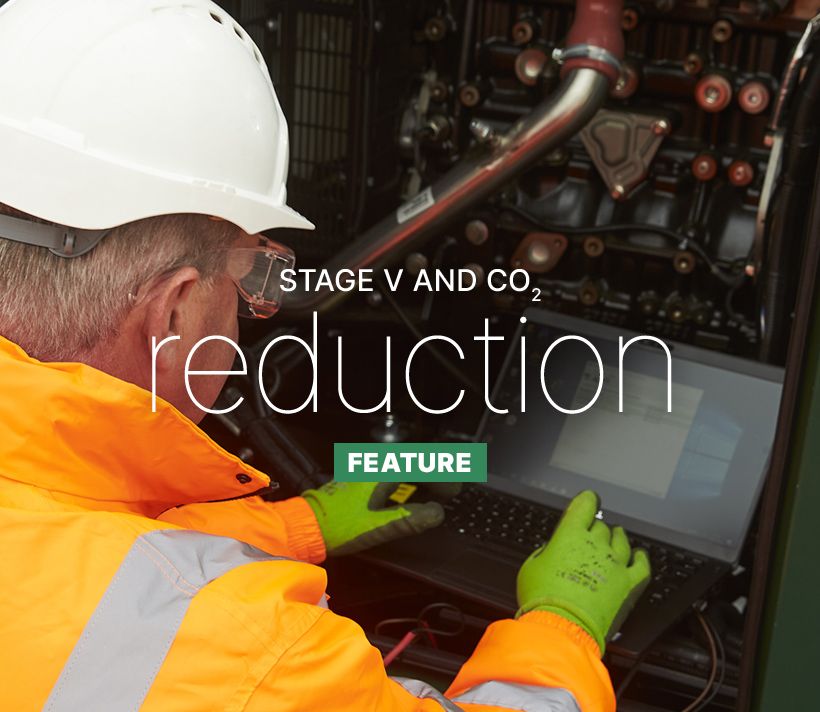The product of that engineering effort is the all-new Perkins® 5000 Series, a full-authority electronic range of inline six and eight cylinder and V12 and V16 cylinder engines purpose-built for electric power generation applications. With capacities ranging from 750 to 2500 kVA plus high efficiency, low fuel consumption and global emissions capability, the 5000 Series truly does redefine class leading performance in this segment.
The long answer is a bit more complicated. It began with an ambitious set of goals that included:
To meet those goals, the Perkins engineers re-examined and reimagined every aspect of the engine. Everything from bolt pattern geometries, sealing technologies and filter selection to turbocharging systems, fuel injector design and control electronics was analysed, evaluated and optimised for its impact on the power generation application.
The Perkins 5000 Series engines meet ISO 8528-5 G2 and G3 standards and accept 100 percent block load to NFPA standards to deliver full power output in less than 13 seconds from a cold start. This is accomplished, in large part, through a redesign of the air system to use two small turbochargers per cylinder bank controlled with custom software.
The smaller turbochargers spin up to speed faster than a single unit, which improves response time. The turbochargers specified for each engine are matched to specific power ratings to ensure optimal performance from every 5000 Series engine.
5000 Series engine can run on B20 biodiesel and 100 percent hydrotreated vegetable oil (HVO) fuels that meet Perkins specifications. The engines combine a unique, low-pressure fuel system with full authority electronic injectors and an electric fuel priming pump. The result is a very robust fuel system that can operate on a variety of global fuels, including sustainably produced B20 and 100 percent HVO.
The sophisticated full authority electronic fuel system developed for 5000 Series engines is also a key reason why they are capable to EPA Tier 2 emissions standards. In practical terms, this means 5000 Series engines can be used virtually anywhere in the world under present emissions regulations and are effectively futureproof.
The advanced electronically controlled injectors used on 5000 Series engines can operate at any pressure between 35 and 240 MPa and can inject at any point in the combustion cycle. This, along with a redesigned camshaft fuel lobe, allows the engines to achieve optimised fuel delivery and timing to reduce fuel consumption.
5000 Series engines are equipped with an integrated ECM and sensor pack to easily integrate with existing telematic systems to enable remote monitoring capabilities. The data produced can provide a comprehensive insight into the engine’s performance and support proactive maintenance to maximise uptime.
Perkins engineers optimised a number of internal engine components to decrease liquid consumption and extend service intervals. An entirely new piston, ring and liner assembly, for example, significantly reduces oil consumption to an average of 0.15 percent of fuel consumption. These, and other optimisations, allow 5000 Series inline models to operate for up to 750 hours or two years before oil service or filter changes are required, and 500 hours for V12 and V16 models.
In addition to the emissions, carbon reduction and sustainability aspects of the new engines, the air, fuel and electronic control systems deliver several other benefits. 5000 Series engines operate efficiently at altitudes up to 3,000 meters, in temperatures up to 50° C and, with an optional block heater, can start reliably at -10° C.
They are also very power dense which is important for facilities like hospitals where space is at a premium. Because 5000 Series engines can produce more power from a smaller package, an eight cylinder inline model can replace a conventional 12 cylinder engine while providing the same output. And, being more efficient, the 5000 Series is likely to use less fuel, consume less oil, and require fewer hours of maintenance.
Perkins has been designing and building diesel engines for more than 90 years. The new 5000 Series engines continue the legacy of engineering excellence and support from a global distributor network that stands behind every Perkins product.
5000 Series engines have been designed from the ground up for durability that’s focused on performance. Each part has been created or hand-picked to perform.
And then they were tested, analysed, evaluated, modified, optimised and tested again and again. More than 9000 hours later they are ready to go to work in hospitals, data centres, shopping malls, public safety facilities and virtually any other location that depends on a generator set for reliable prime or standby power.
And that’s the long answer to how Perkins redefined power generation performance.
Perkins’ collaboration with Trackunit, delivering real-time insights to customers, increasing productivity in the field.
Read moreFor industrial equipment rental, excellent technical support and parts availability is a necessity.
Read moreTo mark Agritechnica's 'Celebrate Farming Day', Powernews spoke to Andy Curtis, Customer Solutions Director at Perkins.
Read moreClever configuration options fulfil the current and future requirements of the industry.
Read moreWho keeps the lights on when the grid can’t? The power generation sector, of course. In the UK, its interests are represented by The Association of Manufacturers and suppliers of Power generating Systems (AMPS) – whose new director general, Alan Beech, came into post earlier this year.
Learn MoreHave you ever looked at the name of a Perkins engine and wondered what all those numbers and letters actually mean? If so, you’re certainly not alone. But rest assured the nomenclature is anything but random.
Read moreOne alternative fuel option we’ve researched heavily and have accommodated in our diesel engines for more than a decade is hydrotreated vegetable oil (HVO) – which must meet the EN 5940 standard – with the Perkins® 400 to 5000 Series able to use up to 100% HVO.
Read moreIn part two of our spotlight on marine we talk with Ben Lewis commercial manager, Dave Wood, application and tech support team lead and Stuart Phillipson, marine application and tech support to find out more about what’s in development for the marine range.
Read moreWhy stick to one fuel, when you can have a configurable power system?
Read moreMore than just a curiosity, they offer us different routes to future food security.
Read moreWith local resources and global support.
Read moreAdvance power solutions from Perkins.
Read morePart three of our series with Dave Robinson.
Read moreJaz Gill talks Perkins new brand strategy.
Read moreRental expert Dave Stollery gives his view on the opportunities around rolling out EU Stage V equipment.
Read moreIf you want to get back to engineering, this programme can be the key to making it happen.
Read more

